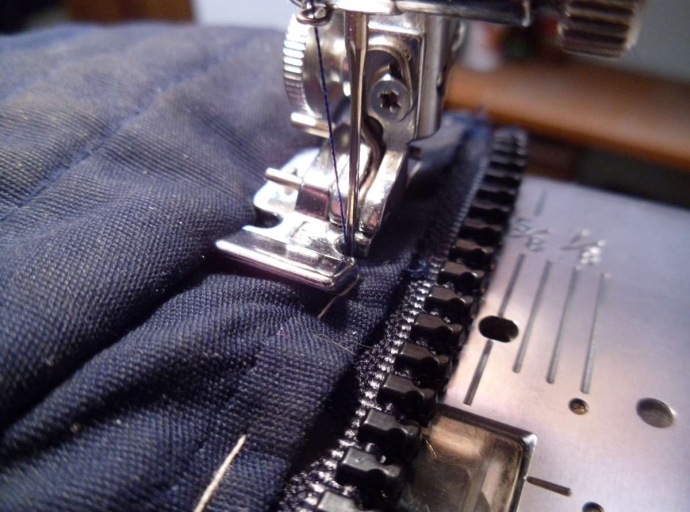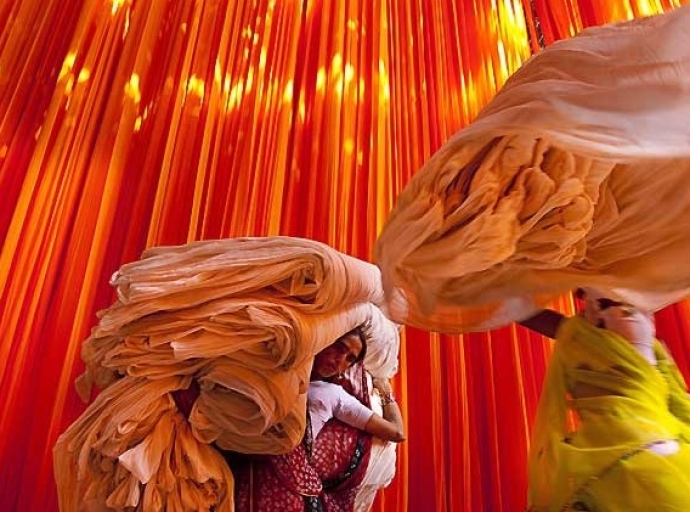08 February 2024, Mumbai
Prelude
Fashion, an ever-evolving tapestry, now intertwines with technology's latest wonders: Artificial Intelligence (AI) and machine learning.
Toolkit; This potent blend empowers brands to predict trends with uncanny accuracy. Imagine analyzing diverse data streams to understand the collective fashion pulse and then tailoring designs that resonate deeply.
Nuanced view
This piece of information offers a comprehensive model for AI-powered product prediction, meticulously built upon existing research. The rewards are tangible: optimized profits, improved product development, and efficient inventory management.
But the journey doesn't end at mere prediction. Generative AI, still in its early stages, brims with the potential to streamline processes, accelerate market entry, and foster customer satisfaction.
Co-pilot: Man & AI
It's not about replacing human creativity, but rather providing tools for faster, more refined tasks and enhanced service. Imagine AI as a co-pilot, amplifying human talent and imagination.
Technology and AI are becoming threads woven into the very fabric of fashion, impacting design, production, and consumption. The rise of "Clothing Industry 5.0" cements AI's central role.
But with innovation comes responsibility. As AI pervades the industry, navigating ethical and privacy considerations becomes crucial. We must ensure that this technological tapestry respects cultural nuances and prioritizes sustainability.
Technology is an enabler
This write-up delves into these crucial questions, presenting a vision of fashion's future where technology empowers creativity, optimizes processes, and respects ethical boundaries.
Dynamism: It's an invitation to imagine a world where AI doesn't dictate trends but rather fuels them, creating a fashion landscape as diverse and nuanced as the human spirit itself.
5 Key Insights:
- Fashion meets AI: Tech revolutionizes design prediction.
- Data tapestry: Algorithm tailors trends with uncanny accuracy.
- Beyond prediction: Generative AI sparks streamlined processes.
- Human + AI: Amplify creativity, not replace it.
- Ethical fashion: Navigate challenges, embrace responsibility.


































